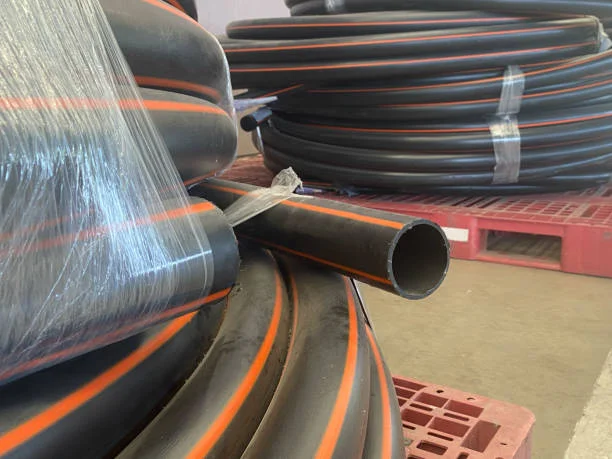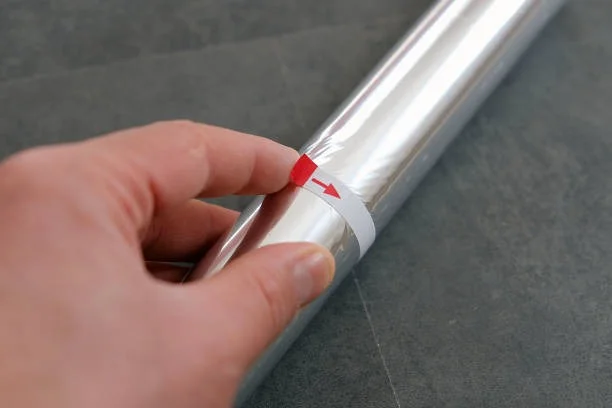
Understanding HDPE – The Ideal Choice
Before diving into the installation process, it’s essential to understand why HDPE pipes are the preferred option for sewerage systems.
HDPE: A Brief Overview
HDPE is a robust thermoplastic material known for its high strength, flexibility, and resistance to corrosion and abrasion. These properties make it the perfect material for sewerage pipes, as they need to withstand harsh underground conditions and a variety of substances without compromising performance.
Benefits of HDPE Pipes
When choosing HDPE for sewerage, you’ll enjoy several key advantages:
Durability:
HDPE pipes have an impressive lifespan, often exceeding 50 years, even in the most challenging environments. This longevity reduces maintenance costs and ensures a reliable sewerage system.
Flexibility:
HDPE pipes are highly flexible, allowing for easy installation around obstacles and uneven terrain. This flexibility reduces the need for extensive excavation and associated costs.
Corrosion Resistance:
Unlike metal pipes, HDPE pipes are immune to corrosion, rust, and chemical attacks. This resistance ensures consistent performance over time.
Leak-Free Joints:
HDPE pipes can be fused using heat, creating seamless joints that are less prone to leaks or infiltration by groundwater or contaminants.
Eco-Friendly:
HDPE is a recyclable material, reducing the environmental impact of sewerage system installations.
HDPE Pipe Installation Best Practices
Now that we’ve highlighted the advantages of HDPE pipes, let’s delve into the best practices for their installation:
1. Proper Planning
Before starting any installation, comprehensive planning is crucial. Assess the sewerage system’s requirements, including pipe diameter, trench depth, and alignment. Adequate planning will help minimize potential issues during installation.
2. Selecting the Right Pipe
Choose HDPE pipes that meet the required specifications and standards. At Newtech-pipes.com, we offer a wide range of HDPE pipes designed for sewerage applications. Ensure that the chosen pipes are suitable for the project’s specific needs.
3. Excavation and Trench Preparation
Excavate the trench according to the project’s specifications, making sure it is clean and free of debris. Provide proper bedding for the pipes to support them and prevent damage.
4. Pipe Handling and Transportation
Handle HDPE pipes with care to avoid any damage during transportation and installation. Use equipment specifically designed for handling these pipes safely.
5. Heat Fusion Welding
HDPE pipes are typically joined using heat fusion welding. Ensure that this process is carried out by trained personnel following manufacturer guidelines to create strong, leak-free joints.
6. Proper Backfilling
Backfill the trench carefully, using suitable materials and techniques to prevent damage to the pipes. Follow recommended procedures to ensure uniform support along the entire length of the pipes.
7. Testing and Quality Control
Conduct thorough testing and quality control checks to verify the integrity of the installed HDPE sewerage system. This includes pressure testing and inspection of joints and connections.

At Newtech-pipes.com, we offer more than just HDPE pipes for sewerage systems; our electric conduit pipes provide versatile solutions for various applications, maintaining the same commitment to quality and performance. Trust Newtech-pipes.com for comprehensive support and guidance in implementing best practices for HDPE pipe installation, ensuring superior results and longevity for your sewerage systems.
Conclusion – Newtech Pipes: Your HDPE Solution
In conclusion, HDPE pipes are the ideal choice for sewerage systems, offering durability, flexibility, and resistance to corrosion. By following these best practices for HDPE pipe installation, you can ensure a reliable, long-lasting sewerage system for your project.
At Newtech-pipes.com, we are committed to providing top-quality HDPE pipes tailored to your sewerage needs. Contact us today to learn more about how we can help you with your HDPE pipe requirements.
Continuing our dedication to excellence in HDPE pipe installation, Newtech-pipes.com offers comprehensive support and guidance to ensure seamless implementation of best practices. From meticulous planning to precise execution, our team is committed to delivering superior results for your sewerage system projects. With a focus on durability, flexibility, and environmental responsibility, our HDPE pipes stand as the cornerstone of modern infrastructure solutions. Trust Newtech-pipes.com as your reliable partner in achieving optimal performance and longevity for your sewerage systems. Join us in shaping the future of infrastructure with quality HDPE solutions tailored to your needs.

